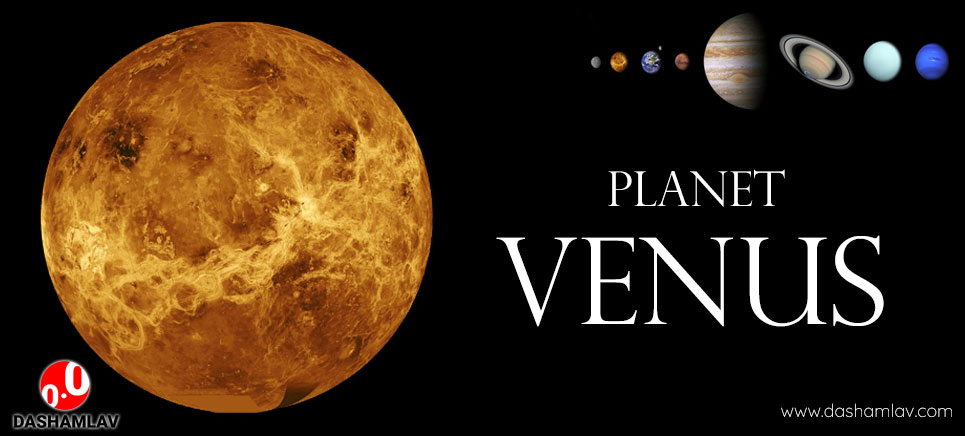Researcher, in a paper published in Nature Astronomy on 14 September 2020, have said that they have found traces of phosphine gas (PH3) in the clouds of planet Venus. This discovery has suddenly raised hopes of finding life on Venus. As we described in another article, planet Venus is inhospitable for human beings. But that does not rule out existence of some other kinds of life-forms on the Twin Sister Planet of the Earth. Researchers have estimated 20 parts per billion amount of phosphine in Venusian atmosphere.
How Phosphine May Indicate Life on Venus
Venus is not the first planet in our solar system where phosphine has been found. This compound has also been detected on Jupiter and Saturn, apart from Earth. Phosphine is poisonous for large organisms but it does not kill microbes. Although there haven’t been many studies on this, but it is believed that certain microbes on Earth give rise to phosphine. Some other researchers believe that decaying microbes emit phosphine.
It is this connection of phosphine with microbes which is upping the hopes of finding microbial life on Venus. Although it is possible that there may be an abiotic source of phosphine on Venus, but studies so far have not found any such source. Therefore, the presence of phosphine in Venus’ atmosphere is seen as a possible result of some biological activity.
On Jupiter and Saturn, phosphine is found in abundance because atmosphere on these planets is hydrogen-rich.

Why Human Life is not Possible on Venus
First and foremost, Venus is the hottest planet in our solar system — it is even hotter than Mercury. The day temperature on Venus can be as high as 462 °C (864 °F). Atmosphere of Venus is highly dense. It is 93 times more massive than that of the Earth. As a result, standing on Venusian surface would be like standing one kilometer under an ocean on Earth.
On a side note: A year on Venus is smaller than a day!
What is Phosphine Gas?
Phosphine (PH3) is a colorless, odorless, flammable and toxic gas. It is made of one phosphorus atom combined with three hydrogen atoms. Phosphine is often used as a farm fumigant. Pellets of compounds like aluminium phosphide, calcium phosphide, or zinc phosphide release phosphine gas when they come in contact with atmospheric water or acids in the stomach of rodents. Phosphine is in fact a well known rat poison.
Use the citation below to add this article to your bibliography
"Life on Venus: What Detection of Phosphine Gas on Venus Means?." Dashamlav.com. Web. 26 July 2024. <https://dashamlav.com/life-on-venus-phosphine-gas/>
Dashamlav.com, "Life on Venus: What Detection of Phosphine Gas on Venus Means?." Accessed 26 July 2024. https://dashamlav.com/life-on-venus-phosphine-gas/
"Life on Venus: What Detection of Phosphine Gas on Venus Means?." (n.d.). Dashamlav.com. Retrieved 26 July 2024 from https://dashamlav.com/life-on-venus-phosphine-gas/
